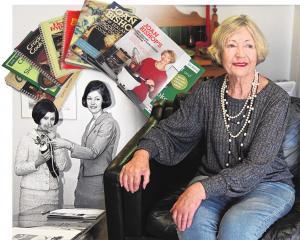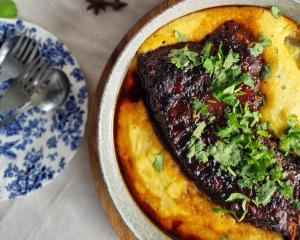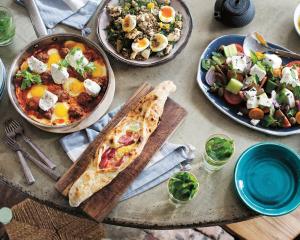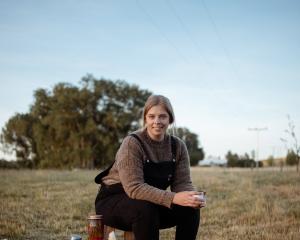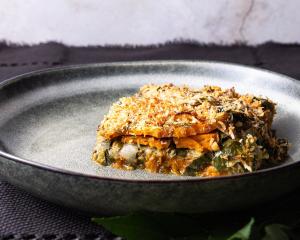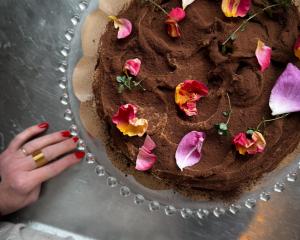We drank slightly more beer last year: 0.1% more of it was available for consumption in 2011.
The popularity of mainstream (4%) brews continued to fall (by 2.2% to 172 million litres) while higher (5%) strength and better quality ones rose by 3.7% to116 million litres and plus-5% beers, produced mainly by small craft breweries, continued to increase (by 2.1% to 9 million litres).
Wine dropped by 4.6% to 98 million litres, while spirits rose by 3.7% to 62 million litres.
Beer now makes up 63% of total alcoholic beverage consumption. It had an 81% share in 1996.
• Hop harvest
Parts of Nelson had a wet spring and summer, but that has not affected the hop-growing area of Motueka, where the hop harvest is in full swing.
Hops, depending on the variety, impart bitterness and various aromas best described as grassy, floral, citric, spicy or piney. The cones of female plants contain two acids - one producing bitterness, the other aroma. Generally, bitterness is drawn out best when the dried hop is added early in the brewing process, and the aroma when added later.
Our hop-growing industry produces less than 1000 tonnes a year compared with the two biggest producers, Germany and Ethiopia, with more than 30,000 tonnes each.
The third-biggest producer was the United States, home of varieties sought-after by craft brewers here for their APA (American pale ale). However, after a hop glut in 2006, many US growers ripped out their vines in favour of grain and that, followed by a poor harvest and loss by fire of a big hop warehouse, created a shortage - and prices soared tenfold.
The shortage and resulting higher prices means less APA is being made here now.
• In bigger packs
Boundary Road Brewery in Auckland is producing in 12-packs three of the four new brews it released six months ago only in six-packs.
Bouncing Czech Pilsener Lager, Flying Fortress New Zealand Pale Ale and Lawn Ranger lemon and lime-infused lager have become the three most popular of the four.
The move will be good for the wallets of the trio's devotees because the six-pack costs about $20, while the new 12-pack is $26.
• Another bomber
The barrel on Lion Brown cans is not so prominent after a revamp of the beer's packaging as it harks back to its wartime nickname of "brown bomber".
The brew first appeared way back as Imperial Draught Ale, being nicknamed the brown bomber by servicemen in the early 1940s, before becoming Lion Brown in 1953.
The barrel (which will shrink, too, on quart bottles and bar taps but remain on 330ml bottles) was on labels because in the '50s it was available only on tap.
McCashin Brewery, near Nelson, produces 650ml bottles under its Stoke label which it calls "bomber" because that is what that sized-bottle is known as in the United States.



